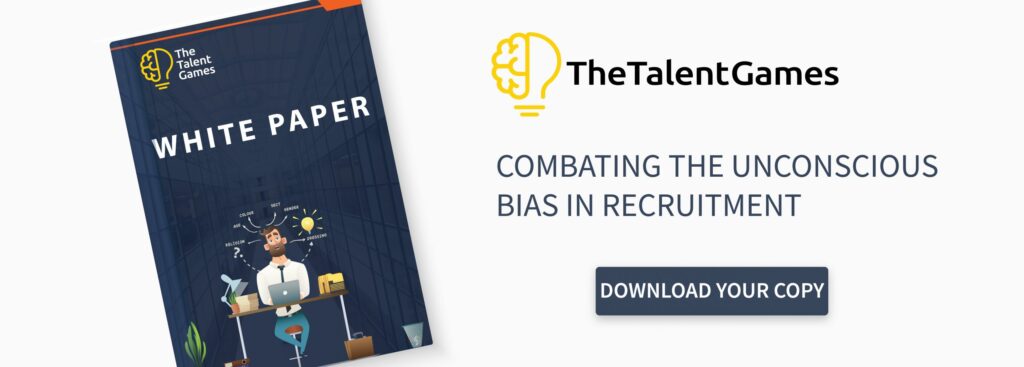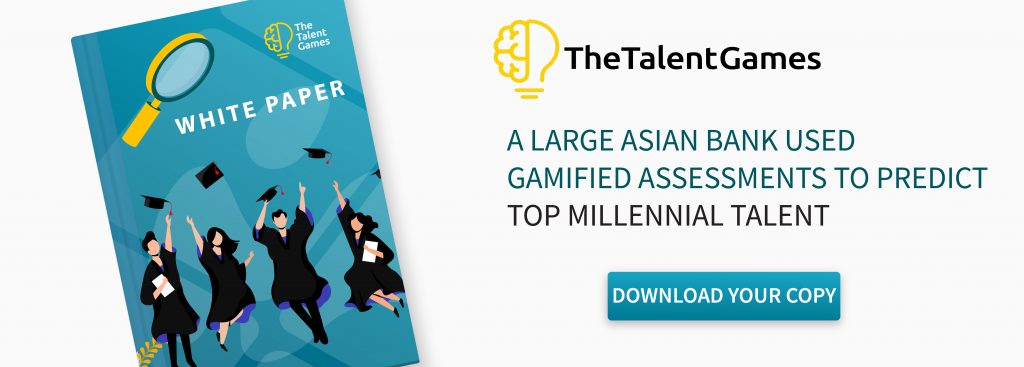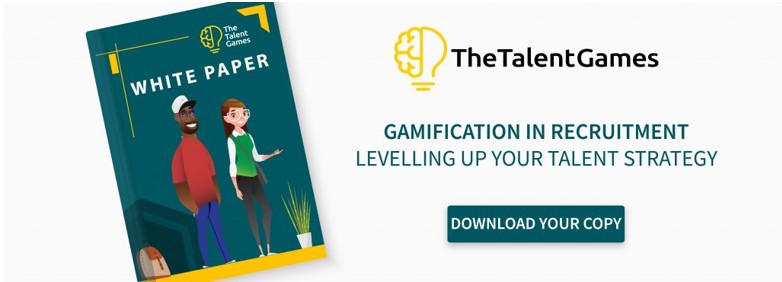Recruitment gamification has become a fast-growing trend among HR Tech enthusiasts around the globe. This blog covers all you need to know about gamification in recruiting and its successful examples in this blog.
Gamification in recruiting is buzzing in the HR space. However, this phenomenon is not new. It’s just mainstream nowadays due to the fact that HR technology is disrupting the industry of human resources. However, a lot of HR professionals and their organizations are skeptical when it comes to embracing gamification recruitment tools.
In this blog, we will try to cover most of the things related to gamification in recruiting.
What is Gamification in Recruitment?
In definition, gamification is essentially the application of game technology – game theory, mechanics, and gaming design – in non-game contexts. While companies initially used gamification solely as a marketing tactic to engage their consumers, it has disrupted workplace selection in the last decade, now serving as a viable alternative to traditional assessments and being used to attract, select, onboard, and develop employees.
How Long Has Gamified Hiring Been Around?
While the media coverage of recruitment gamification has increased over recent years, the process is not new. As a matter of fact, one of the earliest attempts to gamify recruitment was made in 1999 by the US Army. The US military came up with an ingenious idea to uncover the most talented prospects for hiring.
They designed an online video recruitment game, America’s Army, which allows applicants to virtually explore the Army at their own pace, helping candidates determine if soldiering aligns with their needs, interests, and abilities. After the overnight success of America’s Army, gamification in recruitment began to gain popularity but it still didn’t get the recognition it deserved.
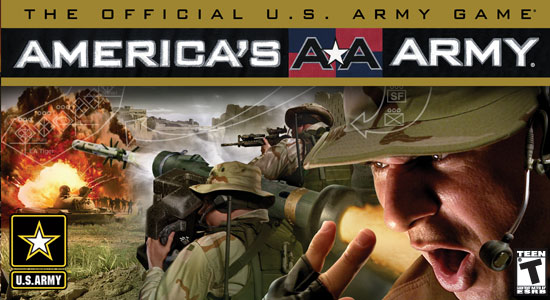
However, as the mission to make recruitment fun continued, gamification started to take flight. It went stratospheric in late 2010 and then became the talent acquisition agenda of many organizations globally. Now more than ever, organizations are increasingly using this weapon of recruitment gamification in the war for talent.
Plus, the practice of recruitment gamification has also significantly expanded since then. In hiring, gamified assessments are now being used to discern a candidate’s personality traits that could determine how well they will perform in a certain role, as well as assessing their skills and abilities for a particular position – all while improving the candidate experience.
Why Gamification in Recruiting: The Indispensable Ingredient in Your Recruitment Recipe
An extensive Korn Ferry report reveals that there will be a global talent shortage of more than 85 million people by 2030. The jobs left unfilled in the media, communications, and technology could lead to about $8.5 trillion in unrealized annual revenues. Today’s top performers won’t acknowledge the old-fashioned ads that don’t inspire them to rise to challenges or enhance already valuable skill sets.
To thrive in this ever-evolving digital era, organizations need to adopt an effective talent acquisition strategy that attracts top-notch talent and persuades them to bring their extraordinary skills to your company. But how do you do that? Apparently, gamification in recruitment seems the right answer. Recruiting experts from the Society of Human Resources Management believe that gamification in HR can project an innovative image of an employer, drum up people’s interest in job openings, and accurately predict applicants’ future job performance.
“More than 78% of candidates believe that some sort of gamification in a recruitment process makes a company more desirable.”
Gamification Survey, TalentLMS
Moreover, according to another survey taken by TalentLMS, 81% of employees who had experienced gamification in the workplace said that the technology gave them a sense of belonging and made them feel more socially connected.
Benefits of Gamification in Recruiting
It’s not surprising why the talent acquisition arena has experienced the most success to date by incorporating gamification strategies to engage with prospective recruits and give them a taste of the day-to-day life within their company.
Before we talk about the benefits of gamification in recruitment in a detailed manner, you can watch this video that is around “Reasons to use recruitment gamification”.
Now coming back to the benefits of recruitment gamification. Here are some of the benefits that organizations reap by using gamification in their recruitment strategy:
· Appeal to the tech-savvy generation
As the fastest growing group of individuals in companies, Millennials will make up 75 percent of the workforce by 2025. Therefore, in order to attract, retain, and motivate this group of the workforce, companies need to pay close attention to their behavior and understand what captivates them.
“Millennials will make up 75 percent of the global workforce by 2025.”
Millennials Survey Report, Deloitte
According to a 2011 study conducted by Cisco, Millennials view the Internet as important as air, water, food and shelter. Their technology prowess is ushering the workplace into an unprecedented future, and so investing in the latest technology has become critical to attract and retain top talent.
The game designer, J McGonigal believes the average Western millennial will have spent 10,000 hours on computer-generated gaming by the time they are 21. Considering the aforementioned fact, gamification provides the perfect solution for hiring.
· Build brand awareness
Gamification in talent acquisition, with its wide scope and customizability, has been helping companies improve engagement, strengthen their employer brand, and personalize their recruitment process to discover the premiere talent, all the while making the hiring process fun.

Using gamification in HR processes, organizations can both induct the best candidates and showcase their employer brand to hundreds and thousands of candidates.
· Obtain more real insights into your candidates
Sometimes candidates fail to perform at their best in the tests and interviews due to anxiety or intimidation. Other times, HR leaders miss out on competent candidates merely because they haven’t presented their CV in an eye-catching layout.
With the application of gamification in recruiting, you provide candidates with a familiar and fun environment, allowing them to demonstrate their true potential in a relaxed atmosphere. This, in turn, also enables you to evaluate each candidate’s true abilities.
· Reach a wider talent pool
When it comes to resumes, sifting the wheat from the chaff can be a really cumbersome task. And it becomes next to impossible when you have over a hundred resumes against a single job position. Plus, if you look at the flip side of the coin, you see companies struggling with not having enough candidates to select from due to their inability to reach the mass audience.
With recruitment gamification, employers can attract a broad range of candidates who may otherwise not have found out about a particular job opportunity on their own. In simpler words, gamification in HR serves as a talent surfacing engine, unearthing top talent from unimaginable places and helping both employers and candidates find each other in a fun way.

· Provide a level playing field
A strong candidate may come in many different shapes and sizes – young, old, neophyte or an experienced professional. The potential star employee can belong to any of these backgrounds. But resumes cannot always represent the skills and capabilities that a candidate has to offer, especially for the ones who are new to the workforce and the industry.
Research shows that the traditional hiring process is biased and unfair. Unconscious sexism, racism, and ageism play a pivotal role in who gets hired. In fact, 81% of employers realize the way unconscious bias impacts their decisions, which leads them to miss out on top candidates.
This is where gamification in recruitment steps in. A gamified assessment platform evaluates a candidate on their skills and abilities, not on the depth of the resume. As a result, it provides a level playing field for everyone, giving everyone an equal opportunity to shine rather than relying on a candidate’s background, educational qualifications, all of which can be enormously influenced by socioeconomic factors.
Companies Using Recruiting Gamification
More and more companies are now using gamification in recruiting. This is mainly to evaluate the untapped skills and underlying attitudes of their existing workforce. However, the talent acquisition teams find gamification in recruiting – an attractive tool to reach a diverse talent tool. As a result, you can see a lot of recruitment gamification companies emerging in the global market due to the high-demand of recruiting gamification tools.
As an HR Technology company, what we have noticed is that – most of organizations use recruitment gamification to improve their candidate experience. After all these recruitment games are powered by gamification principles, AI, and neuroscience-based games.
Let’s look at some organizations leveraging the power of gamification in recruiting and some top recruitment games examples:
Unilever
Unilever, the Dutch-British consumer-goods giant and one of the world’s leading conglomerates has over 170,000 employees worldwide. In order to rejuvenate its recruitment process, the company partnered with an HR service provider, digitizing the first steps of the recruitment process using AI.
Candidates play a selection of games that evaluate them on their reasoning, aptitude, and logic and then machine learning algorithms assess whether they are suitable for whatever job role they applied for.
Tech giant Google organizes Google Code Jam, a code-writing competition as a way to discover and induct outstanding talent for the company. Participants not only get a chance to display their skills as potential hires but also get a golden opportunity to win up to $50,000 in monetary prizes.
Siemens
The Germany-based industrial company Siemens is another company that experimented with games, at least in part as a recruiting vehicle. Siemens created an online interactive game called ‘Plantville’ that provides players the opportunity to run a virtual factory.
While the game initially served as a kind of marketing tool to attract potential employees, the executives at the company later made the game a part of their talent acquisition strategy.
Deloitte
Deloitte, a multinational professional services network, uses a gamified and interactive recruiting video to make sure new recruits understand the fundamental values the organization is looking for in its employees.
Going by the name ‘Will you fit into Deloitte?’ the gamified recruiting video educates the potential hires about the company culture while also allowing the user to evaluate their own suitability to the workplace.
Marriott Hotel
Marriott, a hospitality giant, developed a hotel-themed game as part of its recruitment gamification strategy, in which applicants have to juggle all the responsibilities of a hotel kitchen manager. Players get acquainted with the workplace environment while simultaneously they earn virtual rewards that elevate the image of the company in their eyes.
By making gamification a part of its recruitment strategy, Marriot was able to bypass traditional hiring methods and assess beforehand the suitability of the candidates for the hospitality roles.
Nestlé East and Southern Africa Region (ESAR)
Nestlé East and Southern Africa Region (ESAR), the multinational food and drink processing conglomerate corporation, utilized gamified assessment to assess candidates on their aptitude, cognitive skills, and personality traits. By gamifying its recruitment process for the Future Talent Graduate Development Programme, the company was able to induct ambitious graduates.
How to Use Gamification in Recruitment: Crafting a 21st-Century Talent Strategy
When it comes to incorporating gamification in recruitment and devising a state-of-the-art talent acquisition strategy, here are some points employers need to consider:
1. Define Your Objective
It is not possible to formulate a successful gamification strategy without knowing your objective. You need to know which goals you want to achieve by gamifying your recruitment process — whether you want to use the game merely as a tool to promote your employer brand or your objective is to test the candidates on their aptitude, cognitive skills, and personality traits.
2. Personalize the Assessment
Customizing your gamified assessments according to your needs is critical to building an effective gamification talent strategy. Since multiple employers fish in the same talent pool, a generic tool wouldn’t serve the purpose. Plus, if you take run-of-the-mill tests, you will not be able to evaluate a candidate’s true abilities. On the flip side, a generic game also damages your employer’s brand.
With customized recruitment gamification tools, you can accurately assess candidates and make your selection process feel distinct to them.
3. Make it Engaging & Fun
The mantra of the last decade has been to “increase employee engagement”. However, according to Gallup, only 34% of the workplace is engaged. The good news is, that hiring managers can contribute to increasing employee engagement by leveraging gamified assessments to immediately engage potential employees.
A brilliantly designed gamified recruitment plays a significant role in inspiring prospective recruits to engage with your company’s careers portal and social profile. Recruiters can, for instance, develop a game that provides information about their company in a creative way and then later ask candidates questions before moving forward to the next round in the application process.
4. Communicate with your candidates
When using gamification in recruiting, the right approach is to communicate to the candidates how they will be assessed and how their performance data will be utilized.
Providing feedback reports to each candidate after the gamified assessment is highly recommended. Even if you choose not to go ahead with an applicant, you should be stating out the reasons for rejection.
5. Make sure your gamified tests are relevant to the job role
While gamification brings the element of fun and ease of use to the otherwise dull recruitment process, its effectiveness cannot be disregarded. The gamified assessment that you intend to use should be developed after extensive research, so it’s important to look for companies that are experts in gamification in recruiting.
If your gamified assessment lacks ‘face validity’ i.e. the candidates find it hard to detect the relevance of the game to the job role, your organization would not only risk reputational damage but also unknowingly compel candidates to exit the hiring process.
Myths about Gamification in Recruiting
We have seen a lot of debate in the HR space about the use of gamification in recruiting. Most of the recruiters and their senior management are skeptical of leveraging these recruitment gamification tools. Therefore, it’s important to talk about what are the myths about gamification in recruitment, main in terms of talent acquisition.
Lately, there has been a lot of discourse on the validity of gamification – precisely, the integration of game-style elements into work life. The split between the critics and enthusiasts has cultivated a handful of myths and misconceptions about gamification.
Let’s debunk the biggest gamification myths you must often be hearing:
Myth #1 Gamification is only for Millennials
Perhaps the biggest stereotype is that gamification is only suitable for millennials. However, there is no doubt about the fact that millennials were raised with video games. However, Baby Boomers, Gen X, and Gen Z are also acquainted with games. Each generation enjoys playing games and is motivated by different types of badges, rewards, and incentives.
In short, by integrating gamification in recruiting, employers can hire people belonging to multiple generations. For companies looking to enhance their recruitment strategies, understanding the importance of a strong business name is crucial as it can significantly impact brand recognition and appeal.
Myth #2 Gamification is all about games only
Gamification is not just about games. In the HR space, gamification when combined with talent assessments – becomes an arsenal for recruiters.
While games are solely for fun, gamification leverages some aspects of games and a broader set of tools (e.g. game mechanics/dynamics, game design, gaming psychology, etc.) to achieve something i.e. to hire, onboard, increase employee engagement and work productivity. It can also be used in other areas of the employee lifecycle.
With the ongoing disruption in the market, employers need to embrace the change and rethink their recruitment process.
Myth #3 Gamification costs a fortune
Recruiters are commonly reluctant to gamifying their hiring process because of the common misconception regarding its exorbitant costs. In fact, gamification in recruitment saves time and cuts hiring costs, allowing you to reach a wider audience in one go and pick the best candidates with no stress.
Gamification in Graduate Recruitment
Your 2025 graduate recruitment strategy may not be as robust as you believe. In the current times when the global talent shortage has become like never before, it is important to have a much more than ‘good enough’ campus recruiting strategy to attract and discover the premier campus talent.
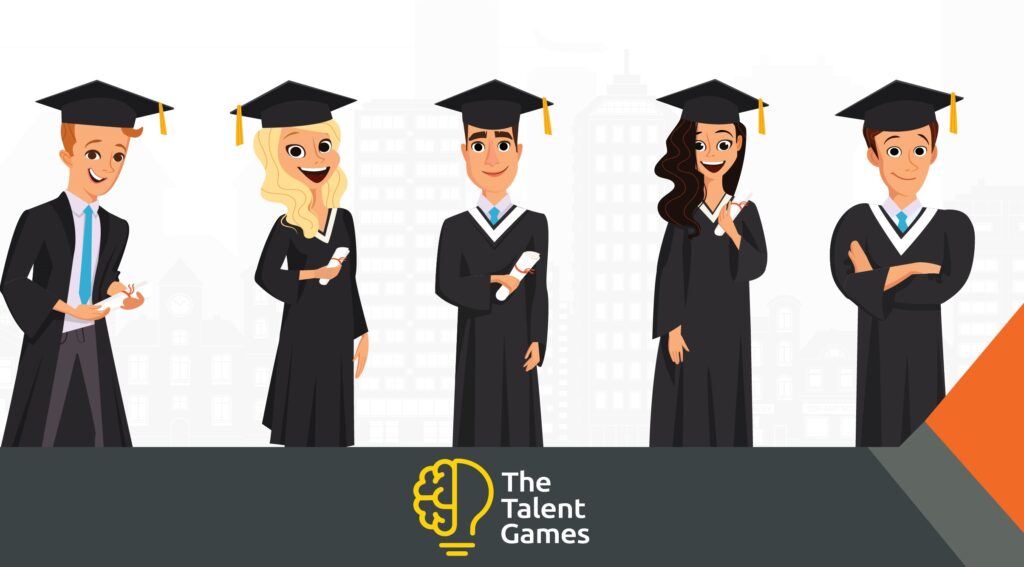
For employers eager to recruit the top fresh graduates before their competitors, gamification could be the answer. Offering numerous benefits, gamification is fairly well-established in the graduate recruitment market. Well renowned companies use them including IBM, Uber, Shell, Deloitte, Novartis, etc.
The Final Verdict
The traditional hiring process prevents recruiters from predicting which candidates will be successful. On the other hand, it impedes the candidates from recognizing whether a particular employer would be the best fit or not. This is where recruitment gamification comes to the rescue.
Gamification in recruitment is the ultimate solution for engaging a diverse pool of candidates, instantly picking out the finest applicants and onboarding them in an amusing way, all the while – allowing candidates to choose an employer as per their liking. Hence, we can say that using gamification in HR is a win-win solution for both employers and candidates.

